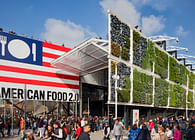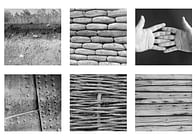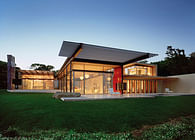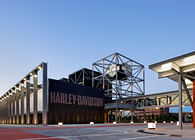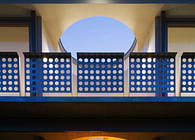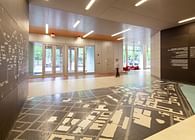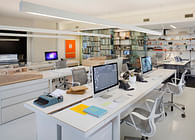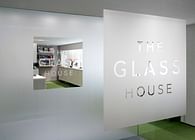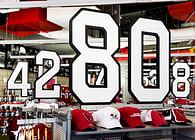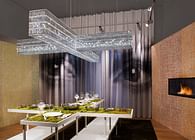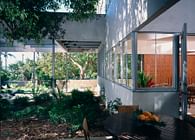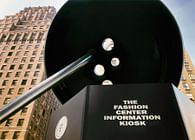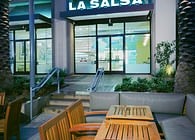
New York, NY
Brooklyn’s Grand Army Plaza should be one of the world's great urban spaces. Designed in 1867 by Olmsted and Vaux, this magnificent 11-acre plaza is home to the Soldiers' and Sailors' Memorial Arch, the elegant Bailey Fountain, the Greenmarket, and the entrance to Prospect Park. Despite its identity as the historic, cultural and geographic heart of Brooklyn, hazardous conditions for pedestrians and cyclists today impede access to neighborhoods, cultural institutions, and prevent use of the Plaza itself.
Our proposal to reclaim a congested traffic circle for reconnection to Prospect Park, SPLAT envisions a new, elevated park as a solution. Accepting traffic as a necessary evil, SPLAT covers nearly the entire site with an elevated park that processes the cleaning of auto exhaust, water collection/distribution to greenery and contains flexible social spaces and service areas to allow the park to function without surface support.
While Grand Army Plaza may have once been an elegant promenade to Prospect Park it is now nothing more than a traffic circle. As cars, trucks, buses and taxis are facts of modern life (and eliminating them from the plaza would simply spread the traffic nightmare throughout the neighborhood,) this solution establishes an accessible and active space for people while allowing vehicular traffic to function without polluting the park.
Depressing the traffic through tunnels, though tempting, would encounter a staggering array of obstructions and ramp-down distances that might destroy the neighborhood. Crowning the park with a built platform allows a fully functioning park and a fully viable road below.
The new park could be completely isolated from noise and exhaust while connecting to Prospect Park. Access would be up a variety of gently terraced steps, gardens, paths and stairs to a height only 25 – 35 feet above the surrounding streets, allowing the neighbors a modicum of privacy as well as returning the ring road to local access only.
The platform itself is a relatively thin shell of concrete in parabolic spans that reveal the existing gardens and trees and place a series of terraced ramp/stairs at the ends of local streets. The service areas below the park surface for events, markets, seasonal retail, fairs, etc., gives the space a high level of functionality with a minimum of intrusion into the park atmosphere.
At the center of the park is a flexible space, nearly the size of the Coliseum in Rome, with a hydraulic flooring system allowing a multitude of uses: it can be a bowl shaped arena; a sunken skating rink; a theater for public performances; even filled with water for mock naval battles (or synchronized swimming!).
The trees from the original inner ring have been replanted at the upper level and can now be fed directly from filtered runoff water collected from the enormous surface. The water is collected below and can root-feed the trees back to health, while the convection chimneys are fitted to filter the vehicular exhaust providing the area with a cleaner atmosphere for flora and fauna (us). The chimneys, while cleaning the air, also provide the large scale spatial reference back to the oval and are lighted to act as iconic elements.
Though an expensive undertaking, the park would have the ability to generate income from events, and a BID might allow neighboring buildings to contribute to the bond financing. And finally the oval would begin to work as a Urban Asset instead of a vehicular asset.
While clearly an extreme idea, elevated structures seem to work very well in places like Chicago and the World Trade Center site. Although the value of 11 acres of parkside land in Brooklyn may not be quite the same as in Manhattan’s Financial District, it has the potential to increase the quality of life for many residents and to turn an urban liability into a citywide asset of inestimable value.
Status: Competition Entry
Location: Brooklyn, NY, US
